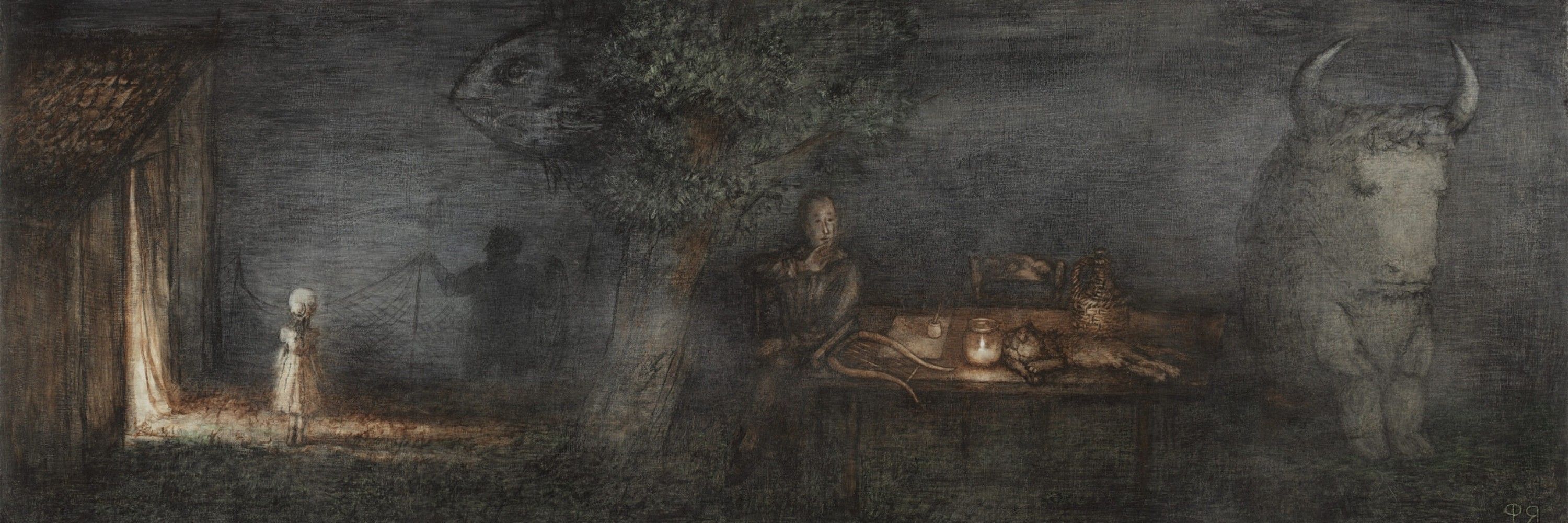Ben Kawam
@benkawam.bsky.social
200 followers
190 following
19 posts
Primatologist lost in a Markov chain | benkawam.github.io.
Posts
Media
Videos
Starter Packs
Reposted by Ben Kawam
Reposted by Ben Kawam
Reposted by Ben Kawam
Reposted by Ben Kawam
Reposted by Ben Kawam
Ben Kawam
@benkawam.bsky.social
· Sep 4

A causal framework for the drivers of animal social network structure
A major goal of behavioural ecology is to explain how phenotypic and ecological factors shape the networks of social relationships that animals form with one another. This inferential task is notoriou...
www.biorxiv.org
Ben Kawam
@benkawam.bsky.social
· Sep 4
Ben Kawam
@benkawam.bsky.social
· Sep 4
Ben Kawam
@benkawam.bsky.social
· Sep 4
Ben Kawam
@benkawam.bsky.social
· Sep 4
Ben Kawam
@benkawam.bsky.social
· Sep 4
Ben Kawam
@benkawam.bsky.social
· Sep 4
Ben Kawam
@benkawam.bsky.social
· Sep 4










